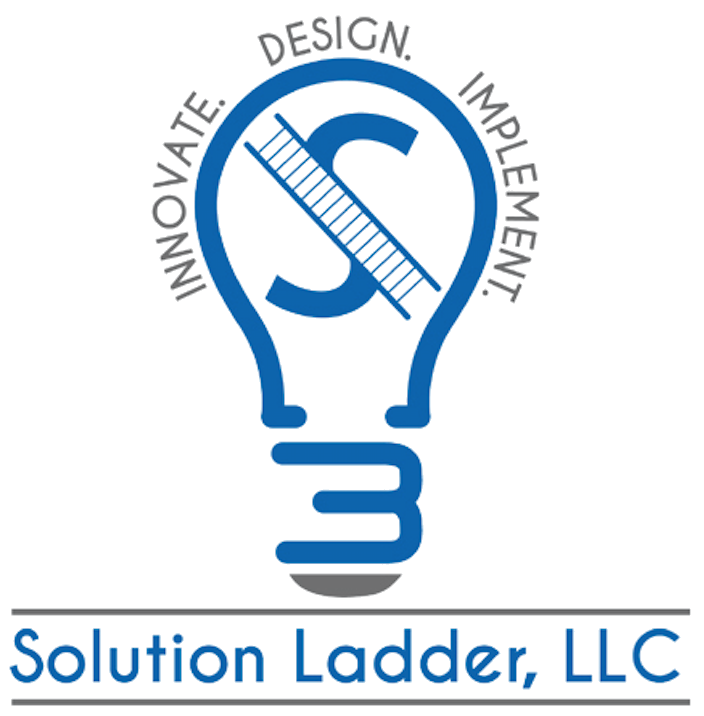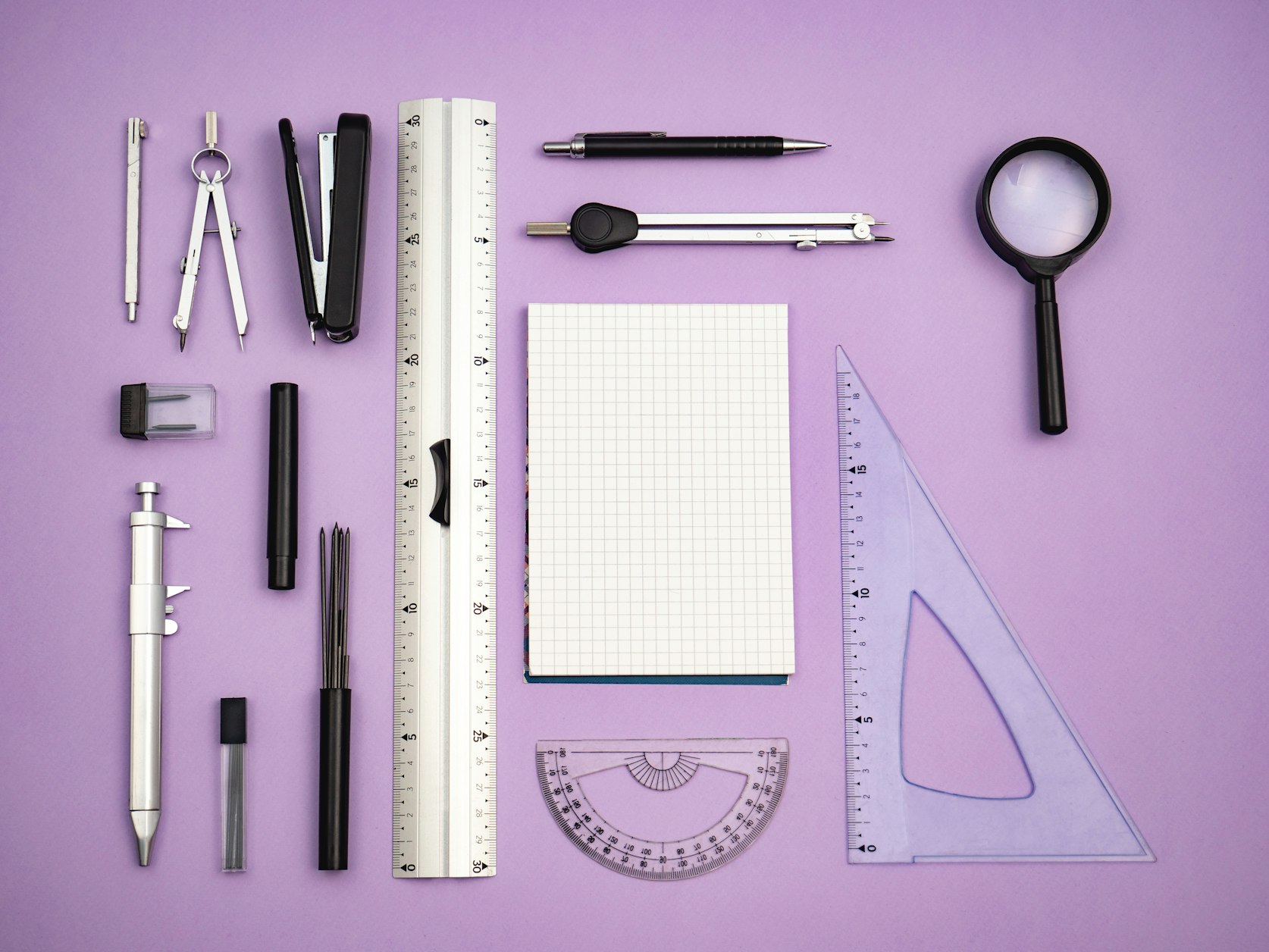· John Smith · Tutorials · 1 min read
Building customer-handling systems
How to design customer-handling platforms: integrations, reconciliation, and SLA-driven workflows.

Customer-handling systems we build
Solution Ladder builds integrations and platforms that help customer success and support teams manage conversations, automate ticket routing, and surface customer health metrics. We commonly implement:
- CRM integrations (Salesforce, HubSpot) for unified customer records.
- Ticketing systems (Zendesk, Freshdesk) with custom workflows and automated routing.
- Event-driven automations to sync state between products, billing, and support.
Key engineering choices:
- Use event logs to reconcile state across systems.
- Implement schema validation at edges to prevent malformed data propagation.
- Build a single source of truth for customer identity and enrichment pipelines.
Quick wins:
- Add webhook retries with exponential backoff and poison-queue handling.
- Normalize identifiers early and avoid cross-system duplicate records.
- Surface SLA metrics and automated escalations for critical tickets.
Next steps and resources
If you’re building a customer-handling platform, start by listing critical integrations (CRM, billing, support), then prototype the event schema and reconciliation checks. Document success metrics (SLA, MTTR, ticket volumes) and instrument early.
Helpful checklist:
- Inventory integrations and sample payloads.
- Design an event schema and decide on a single source of truth for identity.
- Implement automated retries and poison-queue handling for external failures.
- Add metrics and alerts for key SLAs and reconciliation divergences.



